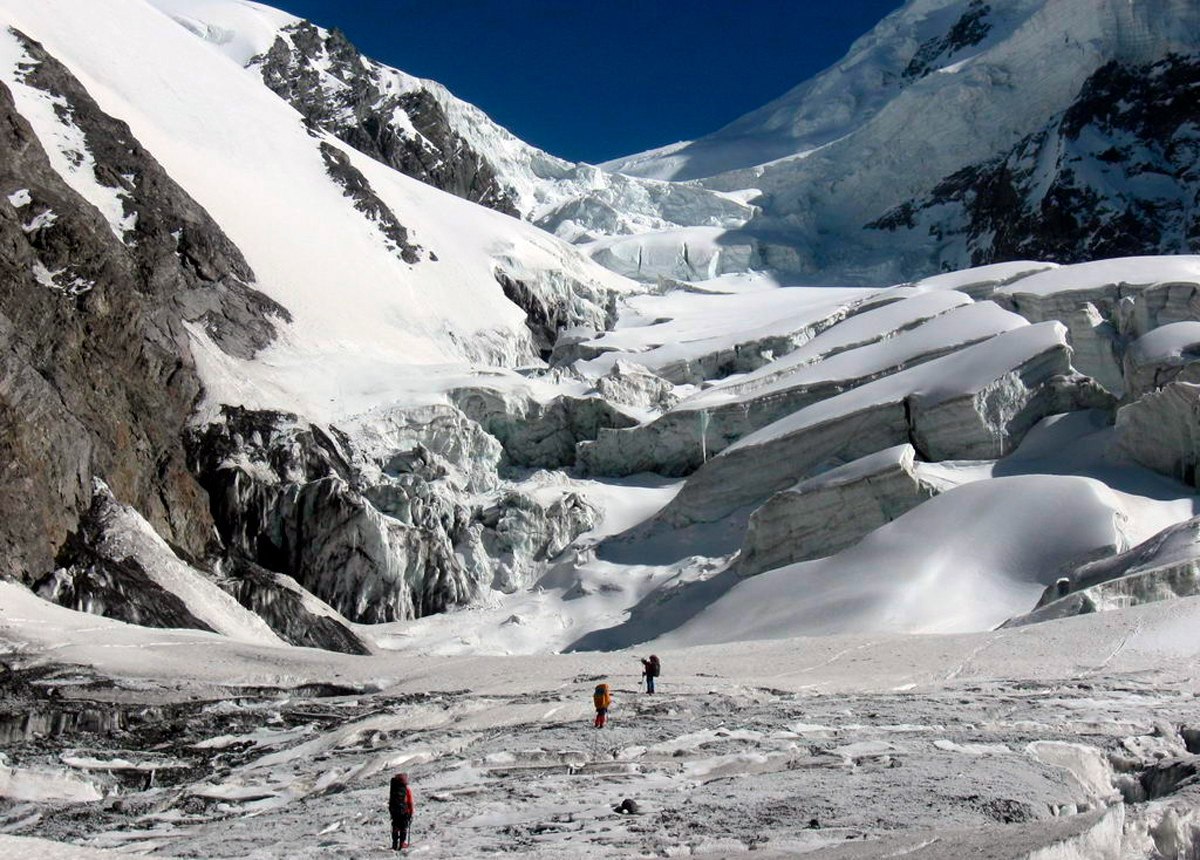The first World Congress of Glaciologists, titled "Studying and Protecting Glaciers in the Context of Global Climate Change: Current State, Challenges, and Prospects," will be held in Dushanbe from September 26-28, says the Center for Glaciology Studies (Center) at the National Academy of Sciences of Tajikistan.
The congress is expected to attract over 300 local and international scientists and experts. The main goal of the congress is to further intensify joint efforts and prepare for a high-level conference dedicated to the International Year of Glacier Protection.
It should be noted that at the initiative of Tajikistan's President Emomali Rahmon, the UN General Assembly adopted a resolution declaring 2025 the International Year of Glaciers’ Preservation and March 21 the World Glacier Day.
In December 2022, the United Nations adopted a resolution declaring 2025 the International Year of Glaciers' Preservation, an important step in recognizing the urgency to preserve these cornerstone of life on Earth.
The congress participants will discuss the impact of climate change on the state of mountain glaciers, develop strategies to mitigate damage from glacial lake outbursts and glacier-related mudflows, share experiences in these areas, and attempt to find solutions and form a common approach to possibly protect high-altitude glacial systems to minimize catastrophic consequences associated with glacier degradation.
The congress program reportedly includes plenary and sectional sessions, several parallel events, as well as an exhibition, press conference, and excursions.
The first day will feature the opening ceremony, a plenary session, and a roundtable on "Potentially Dangerous Glacial Lakes."
On the second day, about eight roundtables are planned, which will discuss, in particular, the state of the cryosphere, hydrometeorological aspects, and the role of GIS technologies and unmanned aerial vehicles in glacier studies.
The final day will include a press conference for the media and excursions for the guests.
The importance of glaciers as the main sources of water resources for sustaining life on the planet is invaluable. Therefore, their rapid melting is one of the most serious global issues, leading to negative consequences. A vivid example is the increasing number of potentially dangerous glacial lakes. The damage from natural disasters in different countries ranges from 3% to 10% of the country's GDP.
About 50% of the glaciation area in Central Asia relates to Tajikistan. There are more than 8,000 glaciers in Tajikistan with a total area of 8,500 square kilometers.






